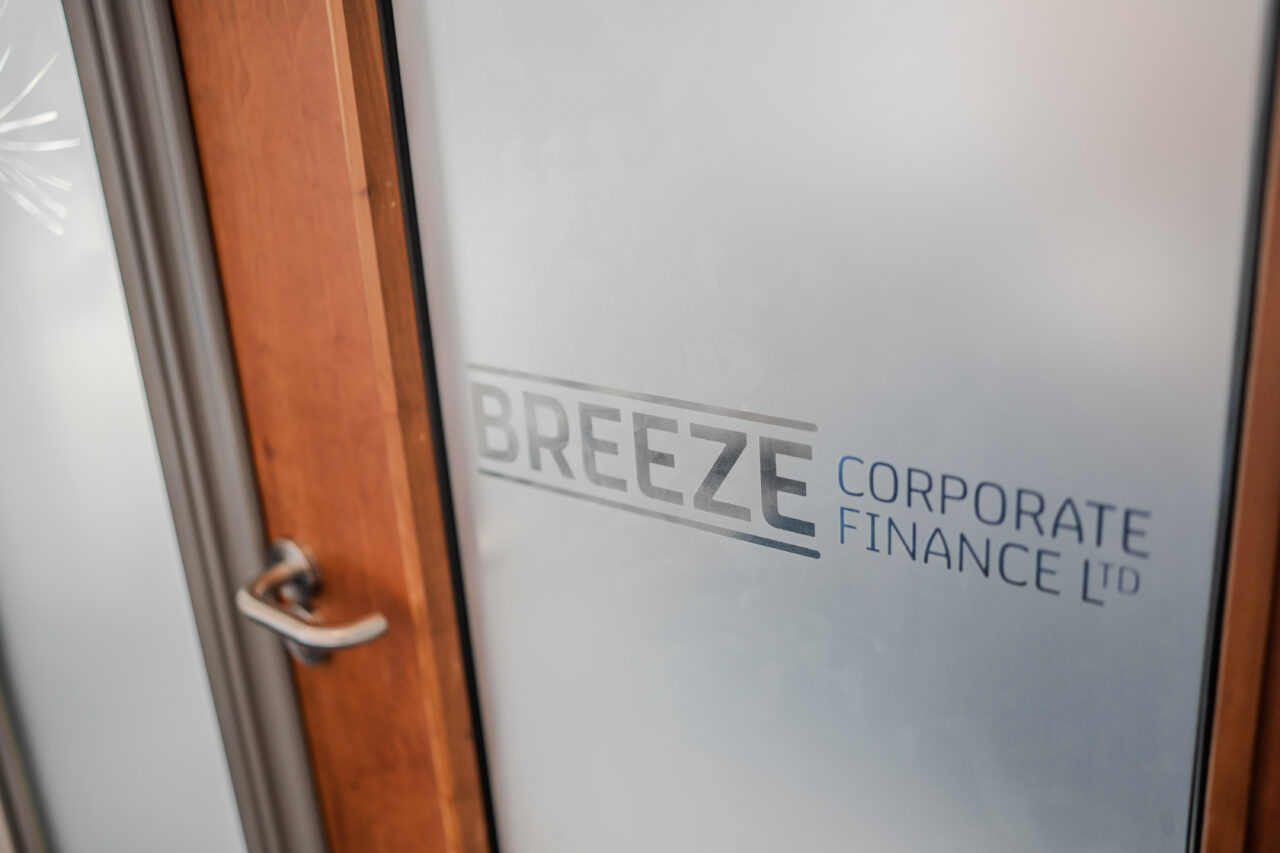
An appropriate level of Management Information (“MI”) is key to helping you manage your business. You can utilise it to analyse sales trends to support growth, monitor costs to protect profitability and forecast the future to manage cash flow.
MI is not only financial information such as your management accounts, but it also includes other data you capture and use to manage your business ie your key performance indicators (“KPI’s”). These might include operational targets such as the level of on time deliveries, product returns, customer satisfaction or warranty claims or working capital targets such a debtor days, creditor days or stock turnover levels to name just a few.
Whether you are looking to grow or sell your business, it is worth considering the adequacy of your MI on a regular basis. There isn’t a one-size fits all approach to MI but a number of factors should be considered when designing the appropriate level for your business.
Preparing your monthly management accounts using the same principles as those applied at your year-end will enable you to monitor your bottom line and prevent any unwanted surprises. This includes accounting for prepayments, late invoices and other accruals and making a provision for corporation tax and depreciation.
For example, extracts that can illustrate sales or gross margins by branch, customer or product, could help you determine your growth strategy by highlighting both high flying and underperforming areas of your business. This can in turn help you to focus your strategy and improve your underlying profitability.
If you are sharing the information, only include data that is relevant to the reader. Alongside this, it might be useful to illustrate your underlying profitability by highlighting any one-off expenditure or income, or to include some narrative to explain why certain trends are being seen; this will help ensure that the results are correctly interpreted by the reader.
An appropriate level of MI will not only help you determine your strategy for growth and help you improve your underlying profitability but, when you are ready to sell your business, it will also help you demonstrate to potential buyers that you are in control.
Knowing your margins and cost base, customer and supplier payment profiles and projected cash flow will provide comfort to a buyer that the business is well managed and has robust systems in place.
When looking to maximise the value of your business through a sale, it’s a case of the earlier the better, when looking to address the regularity and suitability of the MI being prepared and utilised.
The ideal scenario is to be able to look back over a three-year period and have consistently prepared monthly management information which includes a detailed profit and loss, balance sheet and cash flow statement alongside key performance indicators that are important in your industry.
This information will form a large part of the financial due diligence that will commence once a deal in principle has been agreed.
In the early years of your business, management information may have consisted of simple bookkeeping to enable you to manage your annual accounts, taxes and reporting requirements. But ask yourself, as your business has grown, have your financial and management reporting capabilities matured with it? Is it fit for purpose?